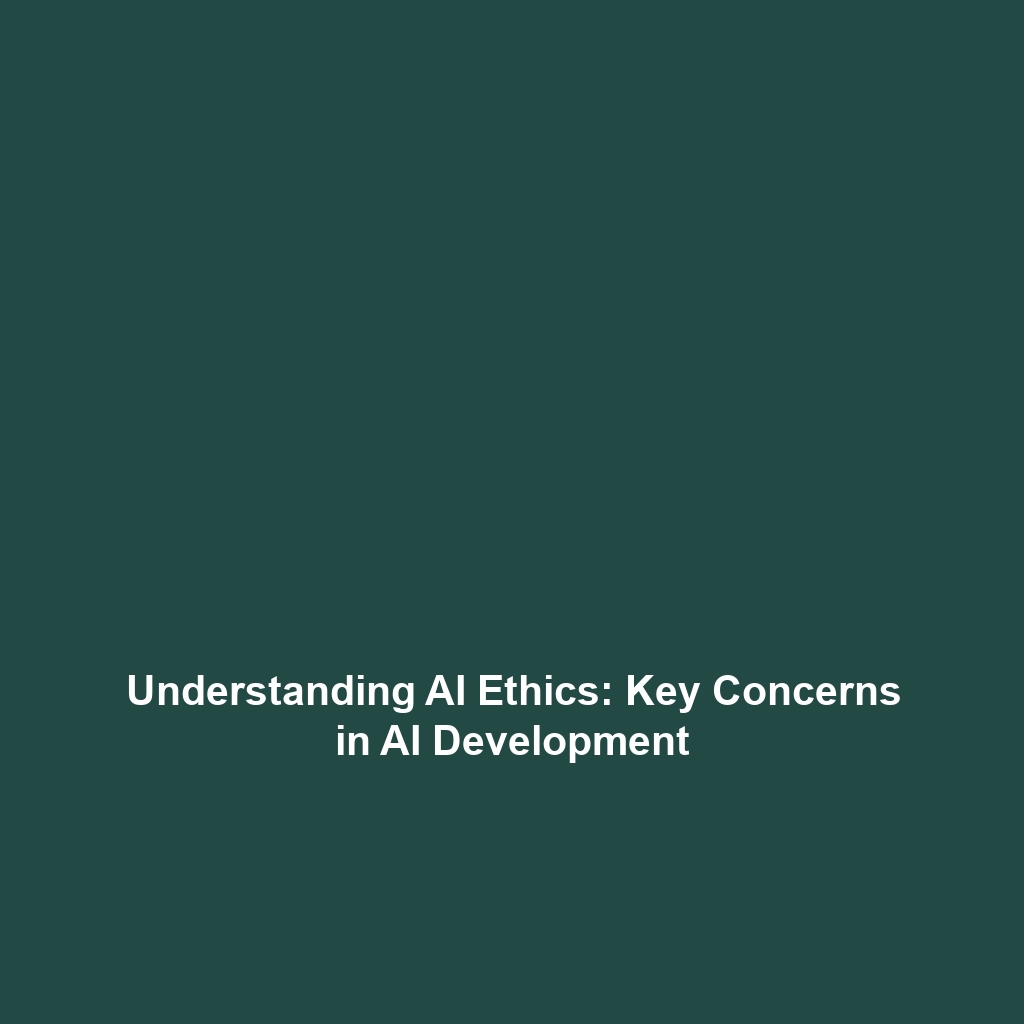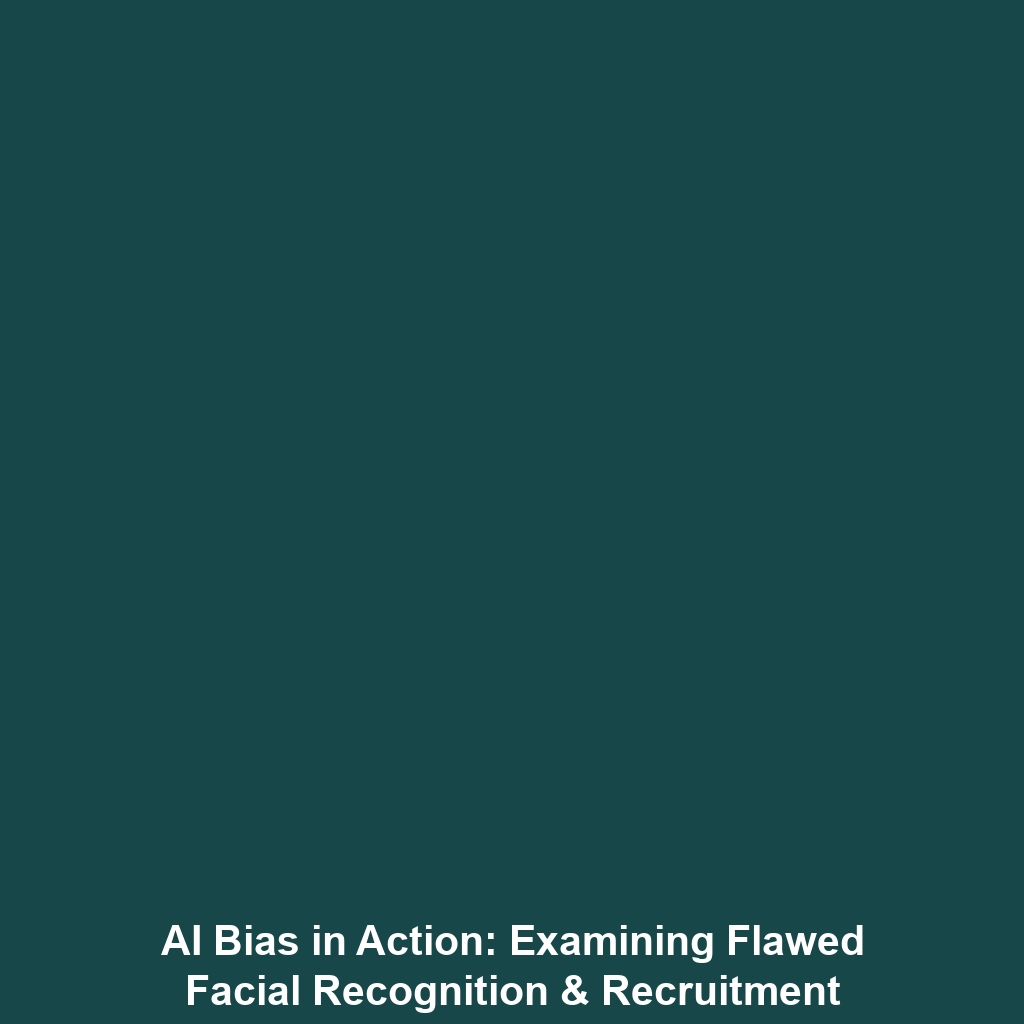Defining Fairness in AI: Equal Treatment, Outcome Fairness, and Process Fairness
Introduction
The quest for fairness in Artificial Intelligence (AI) has emerged as a central theme within the discourse on AI Ethics. Understanding fairness involves navigating complex concepts such as equal treatment, outcome fairness, and process fairness, all of which have significant implications for how AI impacts society. As AI systems increasingly influence critical decisions—from hiring practices to law enforcement—establishing a clear definition of fairness becomes crucial. This article explores these fundamental concepts of fairness in AI, providing insights that underscore their importance in promoting ethical AI use.
Key Concepts
Equal Treatment
Equal treatment refers to the principle that individuals should receive the same treatment regardless of their characteristics or backgrounds. In AI, this raises questions about how algorithms may inadvertently perpetuate biases.
Outcome Fairness
Outcome fairness focuses on the results of AI decisions. This concept examines whether different demographic groups experience equitable results from AI-driven processes. For example, when assessing loan applications, outcome fairness addresses whether applicants from different backgrounds have similar approval rates.
Process Fairness
Process fairness emphasizes transparency and accountability in the methods used by AI systems. It questions whether the processes that lead to decisions are fair, regardless of the outcomes they produce. This concept is crucial in AI Ethics, as it fosters trust and confidence in AI applications.
Applications and Real-World Uses
Understanding fairness in AI has several impactful applications in various sectors:
- Human Resource Management: Identifying bias in recruitment algorithms to ensure equal job opportunities for all candidates.
- Criminal Justice: Developing algorithms that predict recidivism without unfairly targeting specific demographic groups.
- Healthcare: Ensuring equitable access to medical resources through algorithms that consider diverse patient outcomes.
Current Challenges
Despite its vital importance, several challenges persist when studying or applying fairness in AI:
- Data Bias: Existing biases in training data can skew AI outcomes.
- Complex Definitions: Varied interpretations of fairness complicate consensus among stakeholders.
- Scalability: Implementing fairness measures can be resource-intensive and infeasible for some organizations.
Future Research and Innovations
Continued research in AI fairness focuses on developing methodologies that enhance fairness criteria across various domains. Key areas of innovation include:
- Integrating fairness metrics into AI training algorithms that automatically adjust for bias.
- Utilizing blockchain technology to enhance transparency and accountability in AI decision-making processes.
- Establishing interdisciplinary collaborations to address ethical considerations holistically.
Conclusion
Defining fairness in AI—manifested through equal treatment, outcome fairness, and process fairness—is essential for fostering ethical considerations in AI systems. Addressing these issues not only promotes trust in technology but also ensures a more equitable future. Stakeholders in AI development are encouraged to prioritize fairness, engagement with varied perspectives, and ongoing research. For further exploration on related topics, consider reading our articles on AI Bias and Ethical AI Frameworks.





